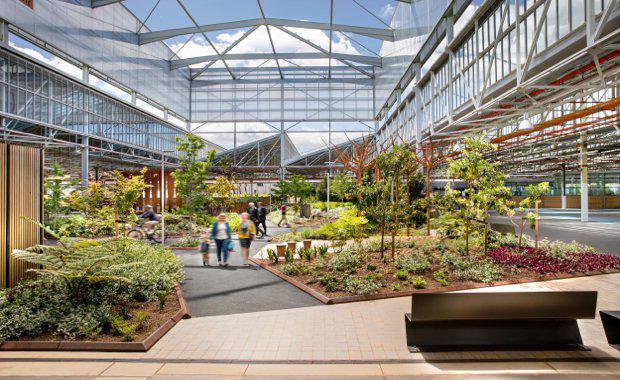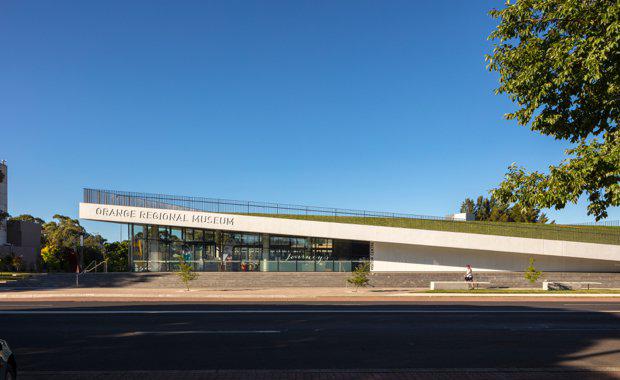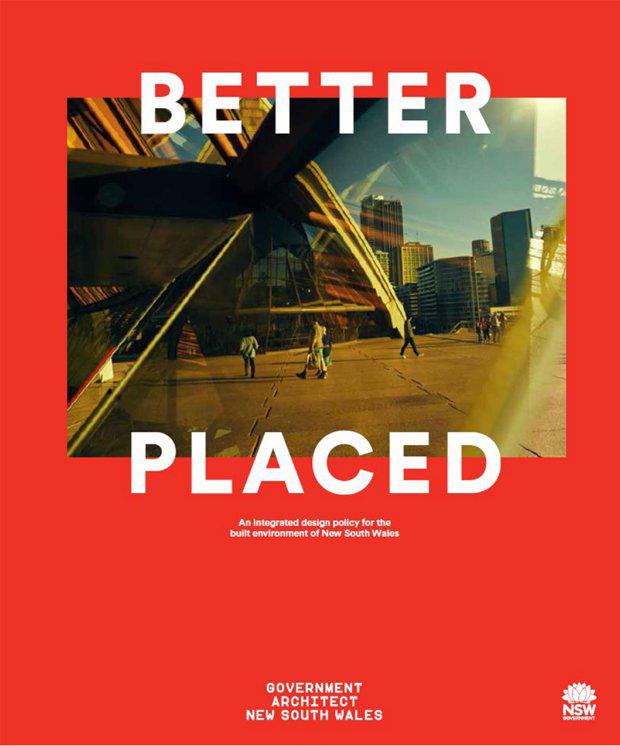2017 Urban Design Awards Announced
From a shortlist of thirty-three entries, three projects were singled out at the 2017 Australian Urban Design Awards.
Presented in Brisbane on Wednesday 25 October, the Australian Urban Design Awards recognise contemporary Australian urban design of the highest quality and encourage cities, towns and communities across the country to strive for best practice.
The program was open to professionals spanning engineering, architecture, landscape architecture and planning, and it only recognised projects, policies and initiatives that successfully transcend any one discipline, acknowledging that good urban design outcomes come from integrated responses.
There are four categories -- large and small scale delivered outcomes, and large and small policies, programs and concepts.
Delivered Outcome – Large Scale
Tonsley Innovation District
The Tonsley Innovation District in Adelaide was an ambitious exercise in large-scale brownfield development, the execution of which has engaged a diverse group of practices with the support of all levels of government, business and the community.
The project, built on the once-abandoned site of a Mitsubishi factory, delivered a multipurpose facility that will be a major employment and education hub in this part of the city.
[Related reading: Developing Tonsley Park: Australia’s First Innovation Precinct]

The retention of the existing building’s raw industrial heritage combined with a range of contemporary design features and focus on achieving high levels of sustainability illustrates a strong desire to unite past, present and future.
The project represented to the jury a major investment in economic regeneration and the creation of a beacon for ongoing community engagement.
Delivered Outcome – Small Scale
Orange Regional Museum
The Orange Regional Museum provided a dynamic, evolving space for the community and visitors to meet and interact. The design can be understood and experienced in diverse ways as the user walks around, inside or on top of the building.
The museum was integrated with the existing precinct and contributed to a new identity for Orange, in the central west region of New South Wales, while strengthening current civic conditions on the site.

The design promoted urban space for flexible community use, such as an outdoor exhibition area or simply a place to relax. The jury noted that the project blurs distinction between the architecture and landscape through holistic urban design.
Integrated seating and stairs created an amphitheatre and provide access to the sloping landscaped roof, a defining feature of the design that rises from the existing lawn to provide a public green space and vantage point offering views across the city.
Programs, Policies and Concepts – Large Scale
Better Placed – An integrated design policy for the built environment of New South Wales
Better Placed set out an integrated design policy for the built environment of New South Wales. It defined good design in terms of both process and outcome and highlights its fundamental role in the creation of high-quality built environments.
Notably, this is the first time that New South Wales has had an overarching policy or statement that sets out what the NSW Government seeks when it refers to “good design” across a full range of built environment projects in all typologies and scales.
[Related reading: Elevating the Role of Design: NSW Announces Design Policy]

The jury was impressed that Better Placed is the outcome of a collaborative process based on a review of global and local best practice and applying this to challenges and opportunities in the state.
The document is being used by government and the private sector to shape processes and focus discussions on design early in the development of projects. Sharing examples of best practice has challenged people and organisations to think and do better.
Considered the nation’s premier awards for excellence and innovation in urban design, the 2017 Australian Urban Design Awards were presented at the State Library of Queensland, Brisbane, on 25 October 2017.















